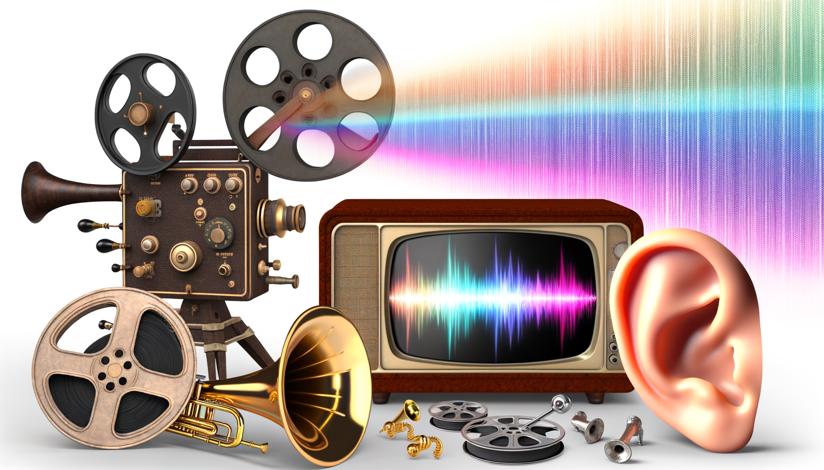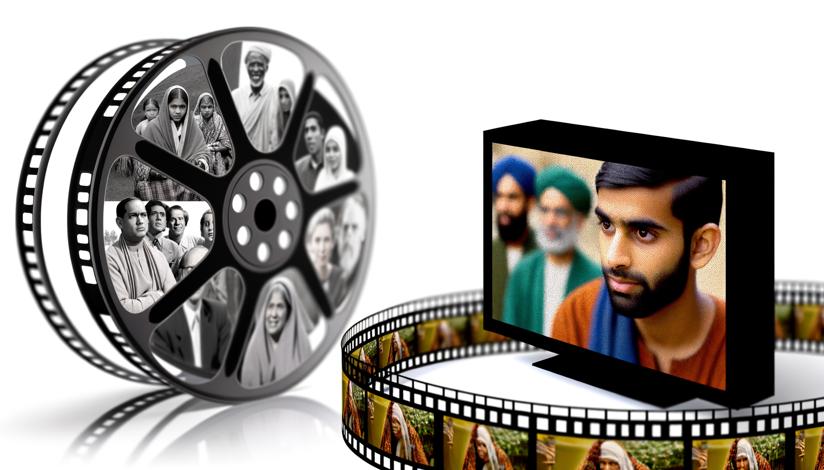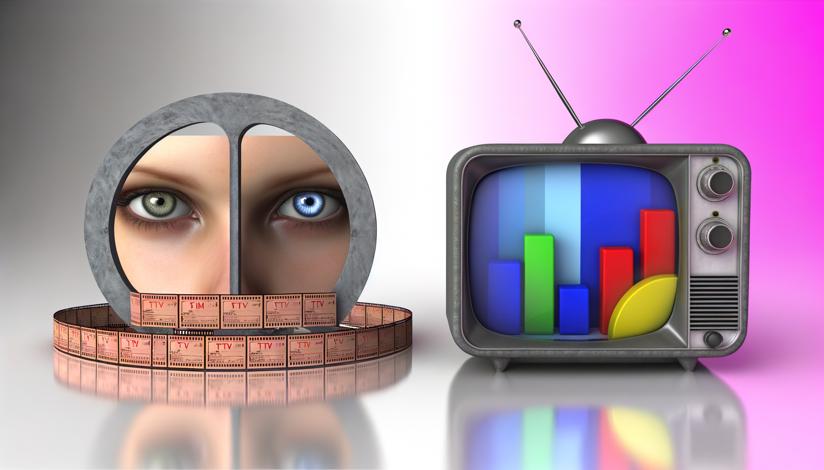

Film and TV are visual mediums that rely heavily on sound to enhance the storytelling and create an immersive experience for the audience. While the visuals may grab our attention, it is the sound that often elevates a scene and adds emotional depth. Sound design, music, and dialogue all play crucial roles in shaping the narrative and evoking specific emotions in the viewers.
One of the core functions of sound in film and TV is to create a realistic and believable world. Sound designers and sound editors meticulously work to capture and create sounds that reflect the environment and atmosphere of each scene. Whether it's the sound of footsteps on different surfaces, the hum of a bustling city, or the rustling of leaves in a serene forest, sound helps transport the audience into the story and make it feel authentic.
Sound also serves as a powerful storytelling tool. It can convey information, set the mood, and foreshadow events. For example, suspenseful music can heighten tension in a thriller, while a subtle ambient sound can create a sense of calm before a shocking moment. Sound can also be used to emphasize certain elements of a scene, such as enhancing the impact of a punch or amplifying the roar of a crowd.
Another important role of sound in film and TV is to guide the viewer's attention. Through the use of sound mixing and editing techniques, certain sounds can be emphasized or isolated to draw attention to specific actions or details on screen. This helps to direct the viewer's focus and enhance their understanding of the story.
In addition to enhancing the overall viewing experience, sound in film and TV also has practical functions. It helps to clarify dialogue by balancing sound levels and ensuring that the audience can hear and understand the spoken words. Sound effects also serve as cues for visual effects, helping to synchronize the timing and impact of various elements on screen.
Overall, the role of sound in film and TV cannot be underestimated. It is an integral part of the storytelling process and plays a crucial role in creating a captivating and immersive viewing experience.

Enhances storytelling and emotional depth
Creates a realistic and believable world
Guides the viewer's attention

Can sometimes be overlooked or underappreciated
Can be challenging to balance sound levels














-
https://www.soundonsound.com/techniques/sound-film
-
https://www.rogerebert.com/rogers-journal/the-secret-emotion-of-sound-and-music
-
https://filmsound.org/

































